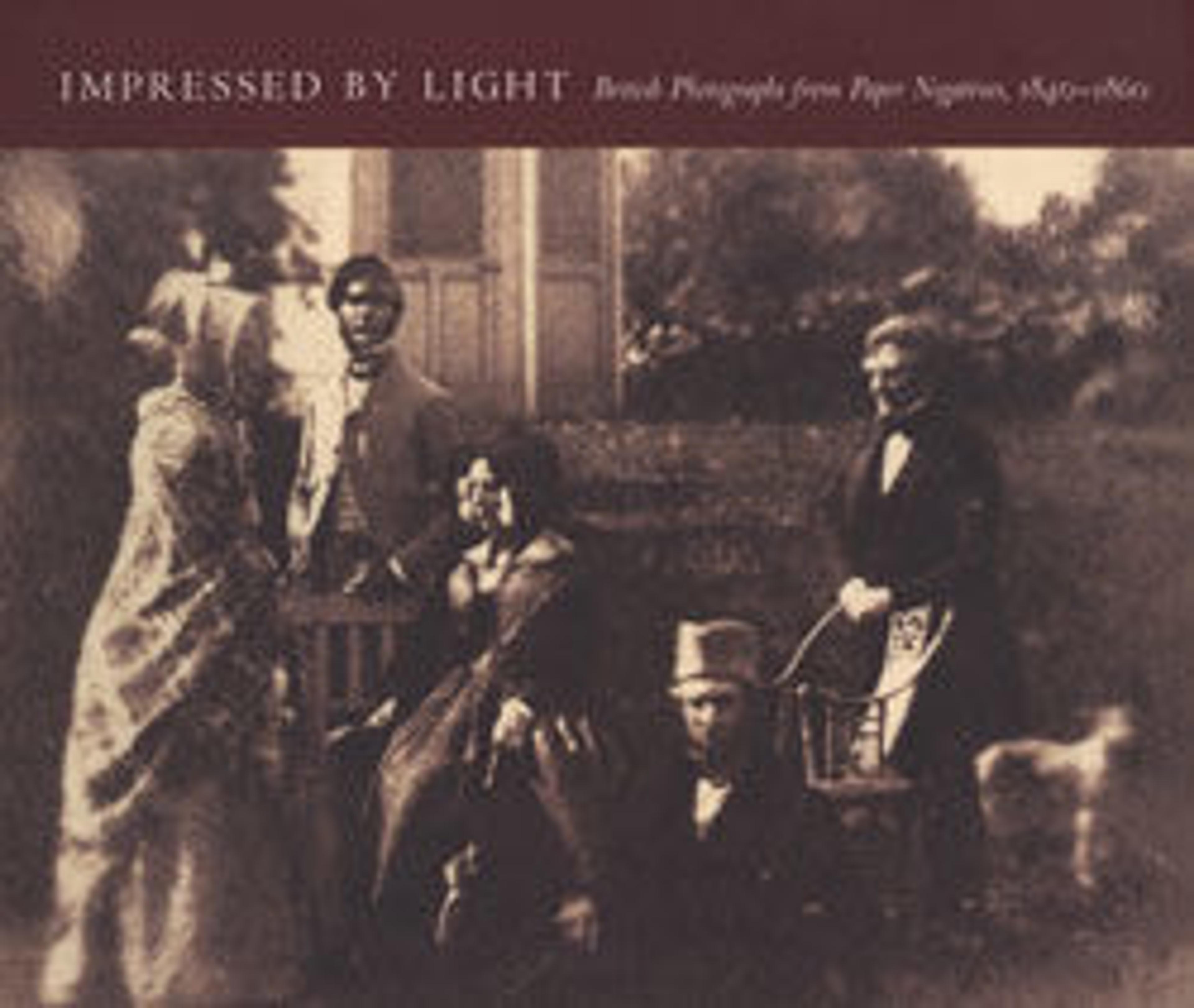Sir David Brewster
An eminent physicist at St. Andrews University in Scotland, Sir David Brewster was among Talbot's scientific correspondents and one of the first to receive reports and samples of the new art. By 1841 Brewster and his colleague John Adamson, curator of the College Museum and professor of chemistry, were experimenting with the calotype process; the following year, in response to Talbot's hope that someone in Scotland might be persuaded to practice his process as a competitor to professional daguerreotypists, they instructed Adamson's younger brother, Robert, in the techniques of paper photography.
Just weeks after the twenty-one-year-old Adamson had established himself as Edinburgh's first professional calotypist in May 1843, Brewster saw an opportunity to send business his way as the locally prominent painter D. O. Hill prepared to paint a large historical canvas commemorating the recent establishment of the Free Church of Scotland. "I got hold of the artist," Brewster wrote to Talbot, "showed him the Calotype, & the eminent advantage he might derive from it in getting likenesses of all the principal characters before they were dispersed to their respective homes. He was at first incredulous, but went to Mr. Adamson, and arranged with him preliminaries for getting all the necessary portraits." Within weeks Hill was completely won over, and the two were working seamlessly in partnership.
Just weeks after the twenty-one-year-old Adamson had established himself as Edinburgh's first professional calotypist in May 1843, Brewster saw an opportunity to send business his way as the locally prominent painter D. O. Hill prepared to paint a large historical canvas commemorating the recent establishment of the Free Church of Scotland. "I got hold of the artist," Brewster wrote to Talbot, "showed him the Calotype, & the eminent advantage he might derive from it in getting likenesses of all the principal characters before they were dispersed to their respective homes. He was at first incredulous, but went to Mr. Adamson, and arranged with him preliminaries for getting all the necessary portraits." Within weeks Hill was completely won over, and the two were working seamlessly in partnership.
Artwork Details
- Title:Sir David Brewster
- Photography Studio:Hill and Adamson (British, active 1843–1848)
- Artist:David Octavius Hill (British, Perth, Scotland 1802–1870 Edinburgh, Scotland)
- Artist:Robert Adamson (British, St. Andrews, Scotland 1821–1848 St. Andrews, Scotland)
- Person in Photograph:Sir David Brewster (British, Jedburgh, Scotland 1781–1868 Melrose)
- Date:ca. 1844
- Medium:Salted paper print from paper negative
- Dimensions:20.2 x 15.1 cm (7 15/16 x 5 15/16 in. )
- Classification:Photographs
- Credit Line:The Rubel Collection, Purchase, Lila Acheson Wallace Gift, 1997
- Object Number:1997.382.9
- Curatorial Department: Photographs
More Artwork
Research Resources
The Met provides unparalleled resources for research and welcomes an international community of students and scholars. The Met's Open Access API is where creators and researchers can connect to the The Met collection. Open Access data and public domain images are available for unrestricted commercial and noncommercial use without permission or fee.
To request images under copyright and other restrictions, please use this Image Request form.
Feedback
We continue to research and examine historical and cultural context for objects in The Met collection. If you have comments or questions about this object record, please contact us using the form below. The Museum looks forward to receiving your comments.
